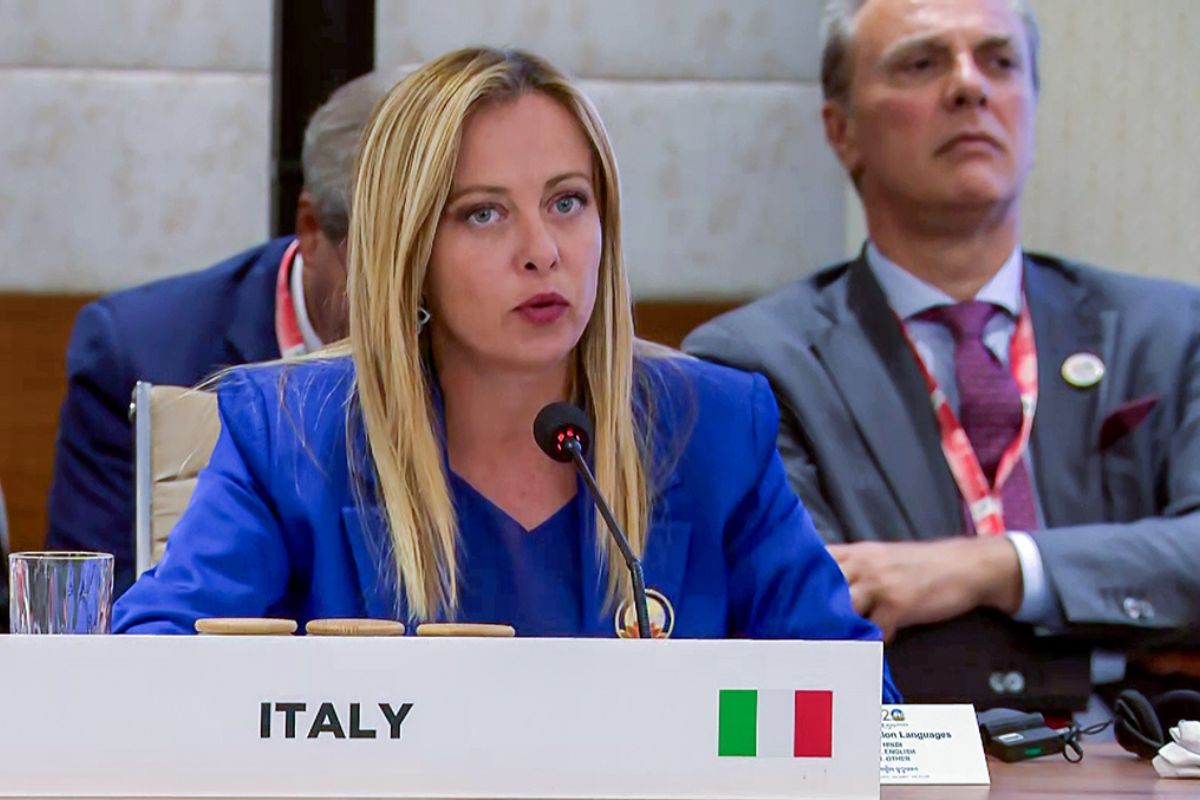Italy, a nation synonymous with history and culture, stands at a crossroads, confronting the intricate challenge of immigration amid a swiftly ageing population. Prime Minister Giorgia Meloni’s recent strategies unveil a complex portrait of a country torn between a staunch nationalist stance and the economic necessity of welcoming foreign workers. Tuscany recently witnessed an unprecedented development with the emergence of its first migrant bus driver. This unexpected turn of events challenges stereotypes and underscores the inclusive side of Ms Meloni’s immigration approach.
This shift in the workforce signals the changing face of Italy and the potential for immigrants to play a crucial role in addressing labour shortages. Ms Meloni, propelled to power on a nationalist platform, has gained global attention for her commitment to tightening immigration laws and establishing reception camps in Albania. Simultaneously, she acknowledges the pressing need to confront Italy’s demographic crisis, with projections anticipating nearly 5 million fewer people by 2050, and over a third of the population aged over 65. Italy’s predicament is not unique, mirroring challenges faced by other nations, such as the United Kingdom and Japan. Ms Meloni’s approach parallels that of British Prime Minister Rishi Sunak, who grapples with managing undocumented migration while recognising the economic imperative of foreign workers. Despite efforts to curb unauthorised arrivals, Italy has witnessed a surge in sea arrivals from North Africa, prompting a reassessment of its strategy.
The decision to increase work visa quotas by nearly 150 per cent for the period 2023-2025 indicates a pragmatic response to the country’s labour shortages. However, this move is met with challenges, as the demand from businesses and unions surpasses the allocated quotas, leaving many in limbo. The labour crisis, particularly acute in regions like Brescia, underscores the urgency of finding solutions. Collaborative efforts between business associations and local authorities aim to recruit workers directly from asylum-seeker reception centres. This innovative approach acknowledges the reluctance of young Italians to engage in manual labour and aims to address critical staff shortages. The Tuscany migrant bus driver’s journey challenges the scepticism surrounding foreign workers and serves as a reminder that talents know no borders and those willing to fill jobs that Italians are loath to take should be welcome. Critics within Ms Meloni’s government, notably Deputy Prime Minister Matteo Salvini, however, advocate for a more stringent focus on controlling arrivals before further opening up to legal migration.
The internal debate highlights the delicate balance Ms Meloni must maintain to satisfy both anti-immigration hardliners and those advocating for a more inclusive, economically-driven approach. The interplay between demographic realities and economic imperatives defines Italy’s immigration balancing act. As the nation seeks to preserve its cultural identity while addressing labour shortages, it is crucial to recognise the potential of legal migration to shape a more diverse and dynamic future for Italy. Ms Meloni’s challenge is navigating these turbulent waters, finding common ground between those prioritising closing the inflow and those advocating for a more inclusive, economically-driven approach.












